Leatherback sea turtle baby
Text & Photos by Eduardo Lugo from Homes & Living
Banderas Bay and Vallarta are very fortunate, since the beginning of the year 2009 the region has been receiving the very vulnerable leatherback turtle (Dermochelys coriacea) that are nesting on the beaches of Nuevo Vallarta. In 2009 it had been 9 years since the last time the area had seen the arrival of these sea turtles on the Banderas Bay beaches.
Read more on the sea turtle conservation effort and baby turtle release camps
These leatherback sea turtles (sometimes called lute turtles) are very rare and are currently on the list of critically endangered species. The leatherback turtle is the largest sea turtle and fourth-largest reptile. It can measure more than 2 meters and weigh up to half a ton. The leatherback diet consists of jellyfish and medusa and is complemented with crustaceans and mollusks. Many turtles have died asphyxiated when they confuse plastic bags thrown into the ocean for medusas.
Leatherback sea turtle baby closeup
A surprising feature of the leatherback turtle is its shell, which consists of minuscule independent bone plates, covered by thick leathery skin. The young leatherbacks are covered with small scales, reminiscent of lizards; however, they fall off with age. Their backs are mainly black and their fins have white edges, they also have a few white scale lines along the back.
Leatherback turtles travel much longer distances in the ocean than other sea turtles. It seems that in a single year, leatherbacks migrate from South America to the northeastern part of the United States and then return to their starting point.
Sea turtle baby from above
The main nesting beaches are found on the Pacific coast of Mexico and the Atlantic coast of Costa Rica, Trinidad and Tobago, French Guyana, the Virgin Islands, Puerto Rico and the Dominican Republic. To a lesser extent, they also lay their eggs in Veracruz, Mexico, Guatemala, Panama, Colombia, the Windward and Leeward Islands and Guyana.
Leatherback sea turtles
Scientists speculate that in the Pacific Ocean they have no more than 10 years left of survival, they are currently faced with a mortality rate of up to 30%. In the Atlantic Ocean, they are also disappearing fast: since 1982, the number of breeding females dropped from around 90,000 to less than 3,000, the current estimate (according to the WWF). They have suffered a catastrophic decline in population and nowadays in the whole of the Pacific Ocean rim, they have only 10 important nesting sites at their disposal.
Who is to blame? … mostly humans. Humans are the ones that catch them directly, eat and sell their eggs, destroy their habitat, and accidentally drown them by catching them in fishing nets and hooks.
Although only three leatherback turtles nested this season in the Vallarta area and only less than 30 baby turtles were born, it is still important because any amount is extremely valuable when you take into account the situation they are in. Hereby we would like to congratulate the staff of the turtle camp in Nuevo Vallarta for their effort in protecting the bay’s sea turtles.
Last Updated on 11/08/2022 by Puerto Vallarta Net



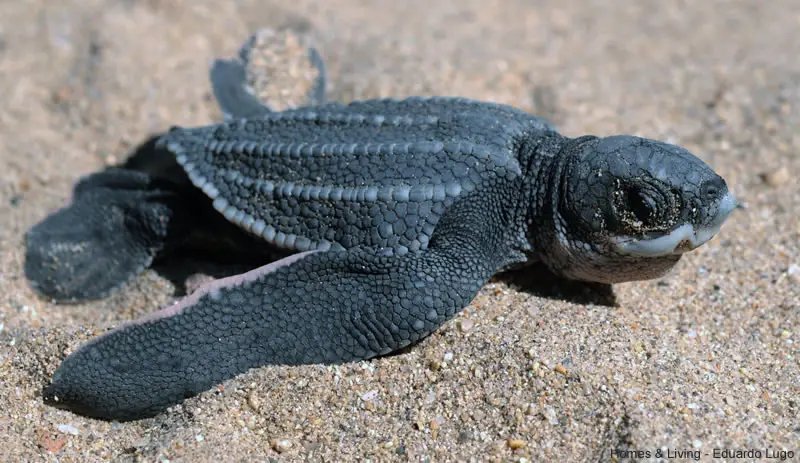
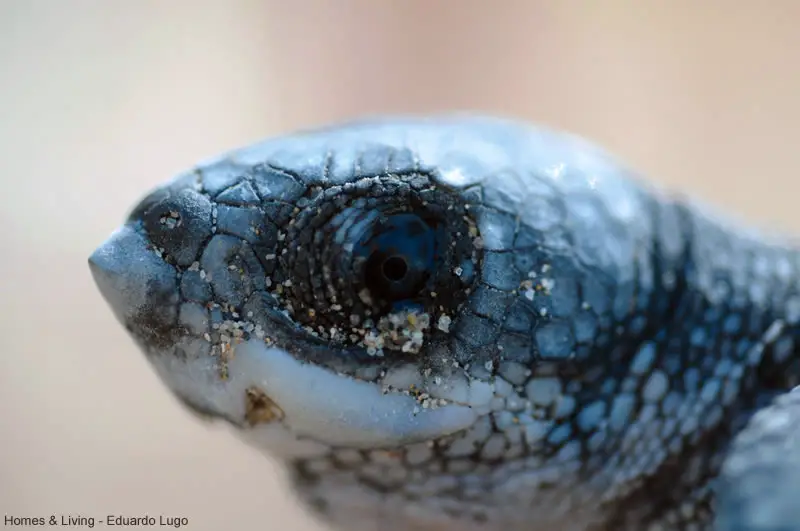
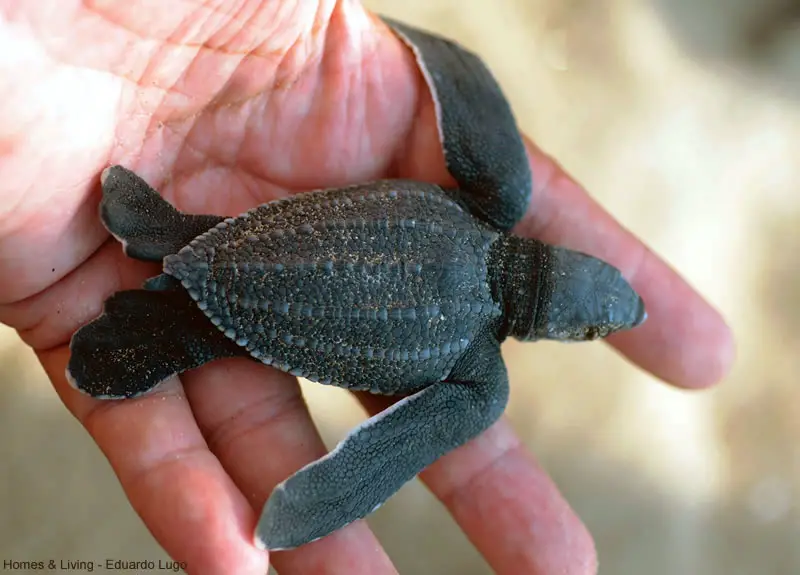
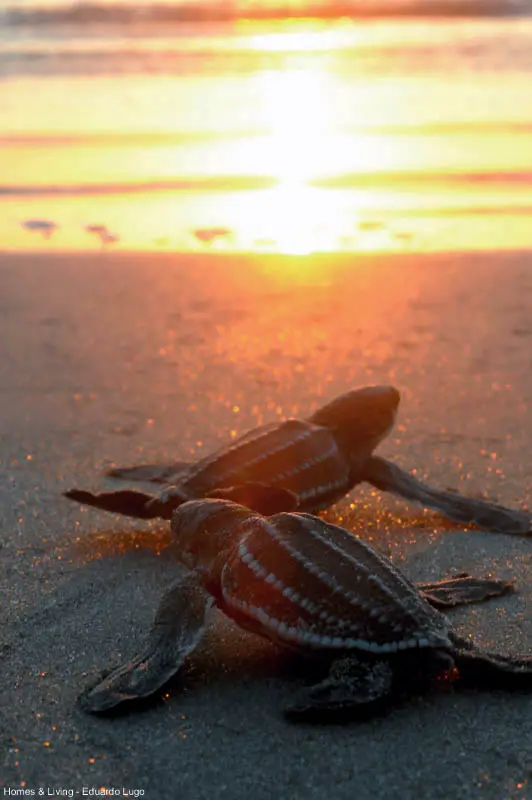
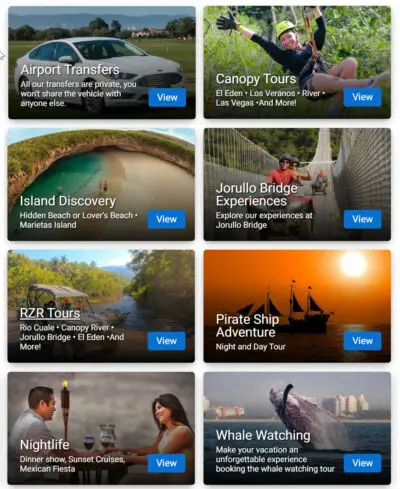
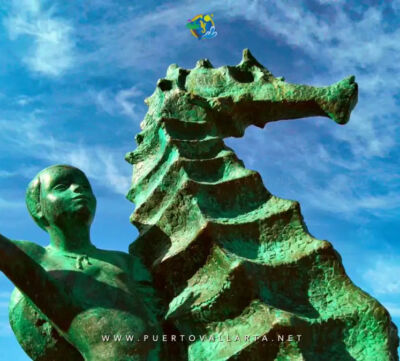


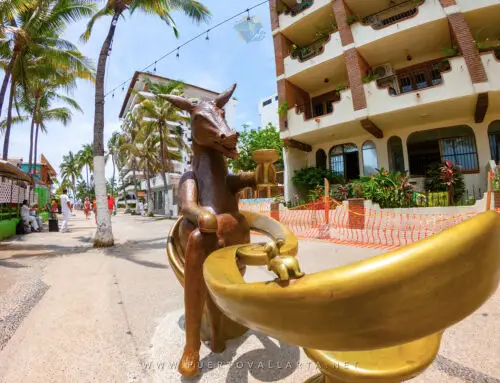
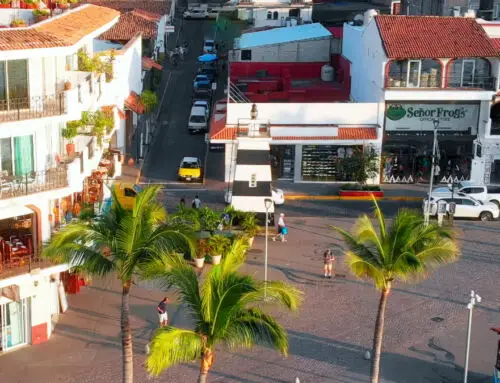
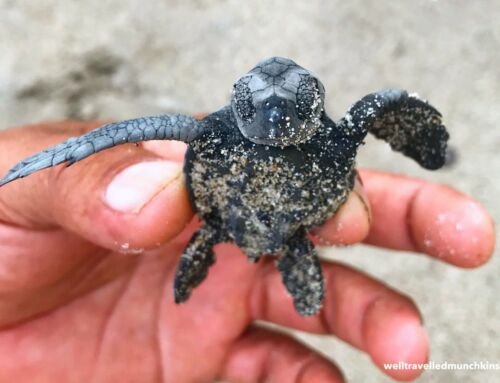
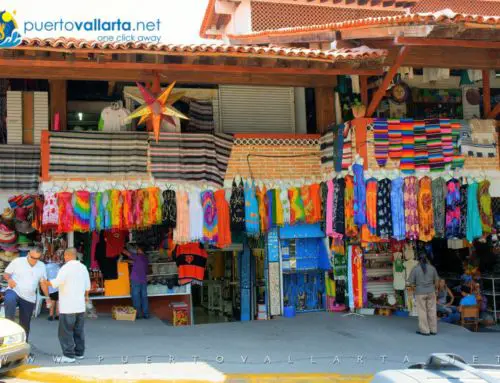
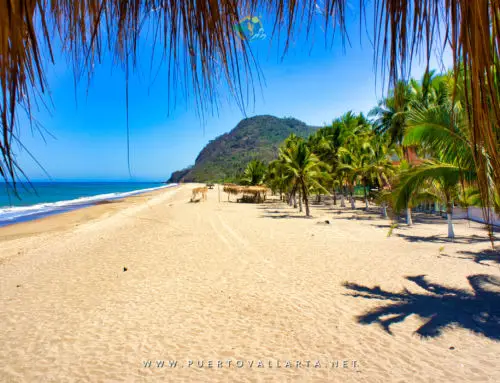
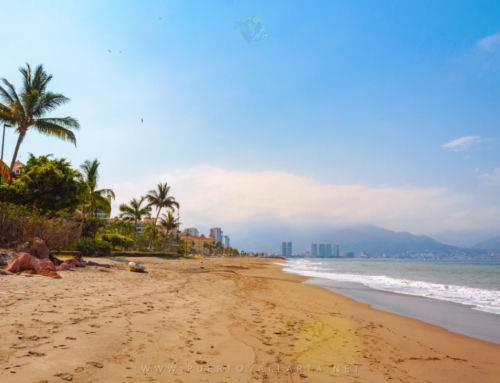
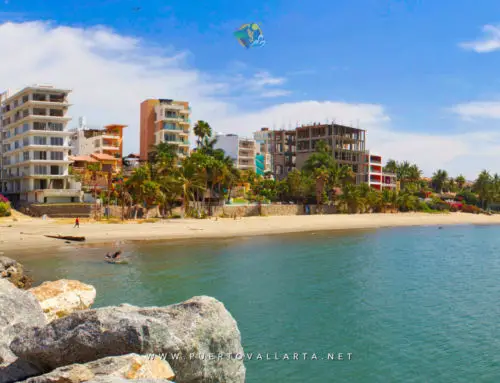
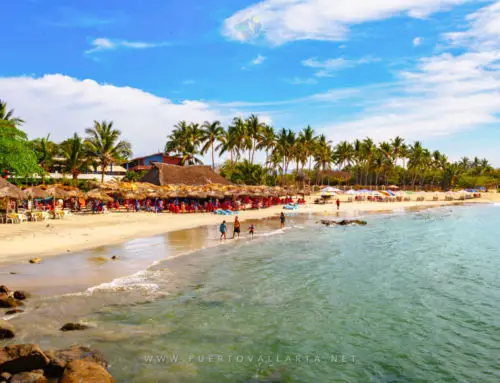

Leave A Comment